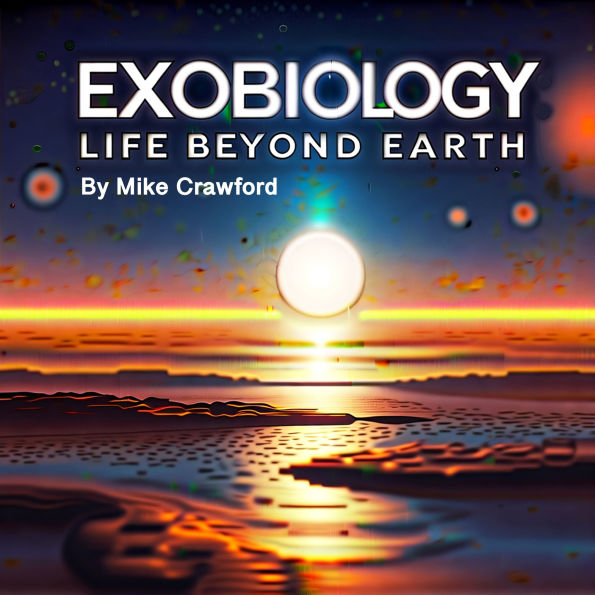The origins of life on Earth remain one of the most profound scientific mysteries. While no definitive answer exists, several compelling theories attempt to explain how life first emerged from non-living matter. Understanding these origins is crucial to the study of exobiology, as it provides insight into how life might arise elsewhere in the universe.
One widely accepted hypothesis is abiogenesis, which suggests that life arose from simple organic compounds through natural chemical processes. The famous Miller-Urey experiment in 1953 demonstrated that amino acids, the building blocks of life, could form under conditions similar to those of early Earth. These experiments, combined with discoveries of organic molecules in space, suggest that life's precursors may have been abundant in the early solar system.
The conditions on early Earth were vastly different from today. Around 4 billion years ago, the planet was a harsh, volcanic world with a thick atmosphere composed of methane, ammonia, hydrogen, and water vapor. Lightning, ultraviolet radiation, and hydrothermal vents may have provided the necessary energy to drive complex chemical reactions, leading to the formation of self-replicating molecules like RNA. The RNA world hypothesis proposes that RNA, due to its ability to both store genetic information and catalyze chemical reactions, was a key player in the transition from simple molecules to living cells.
The origins of life on Earth remain one of the most profound scientific mysteries. While no definitive answer exists, several compelling theories attempt to explain how life first emerged from non-living matter. Understanding these origins is crucial to the study of exobiology, as it provides insight into how life might arise elsewhere in the universe.
One widely accepted hypothesis is abiogenesis, which suggests that life arose from simple organic compounds through natural chemical processes. The famous Miller-Urey experiment in 1953 demonstrated that amino acids, the building blocks of life, could form under conditions similar to those of early Earth. These experiments, combined with discoveries of organic molecules in space, suggest that life's precursors may have been abundant in the early solar system.
The conditions on early Earth were vastly different from today. Around 4 billion years ago, the planet was a harsh, volcanic world with a thick atmosphere composed of methane, ammonia, hydrogen, and water vapor. Lightning, ultraviolet radiation, and hydrothermal vents may have provided the necessary energy to drive complex chemical reactions, leading to the formation of self-replicating molecules like RNA. The RNA world hypothesis proposes that RNA, due to its ability to both store genetic information and catalyze chemical reactions, was a key player in the transition from simple molecules to living cells.

Product Details
| BN ID: | 2940193897903 |
|---|---|
| Publisher: | Ron Carver LLC |
| Publication date: | 03/03/2025 |
| Edition description: | Unabridged |
Videos


